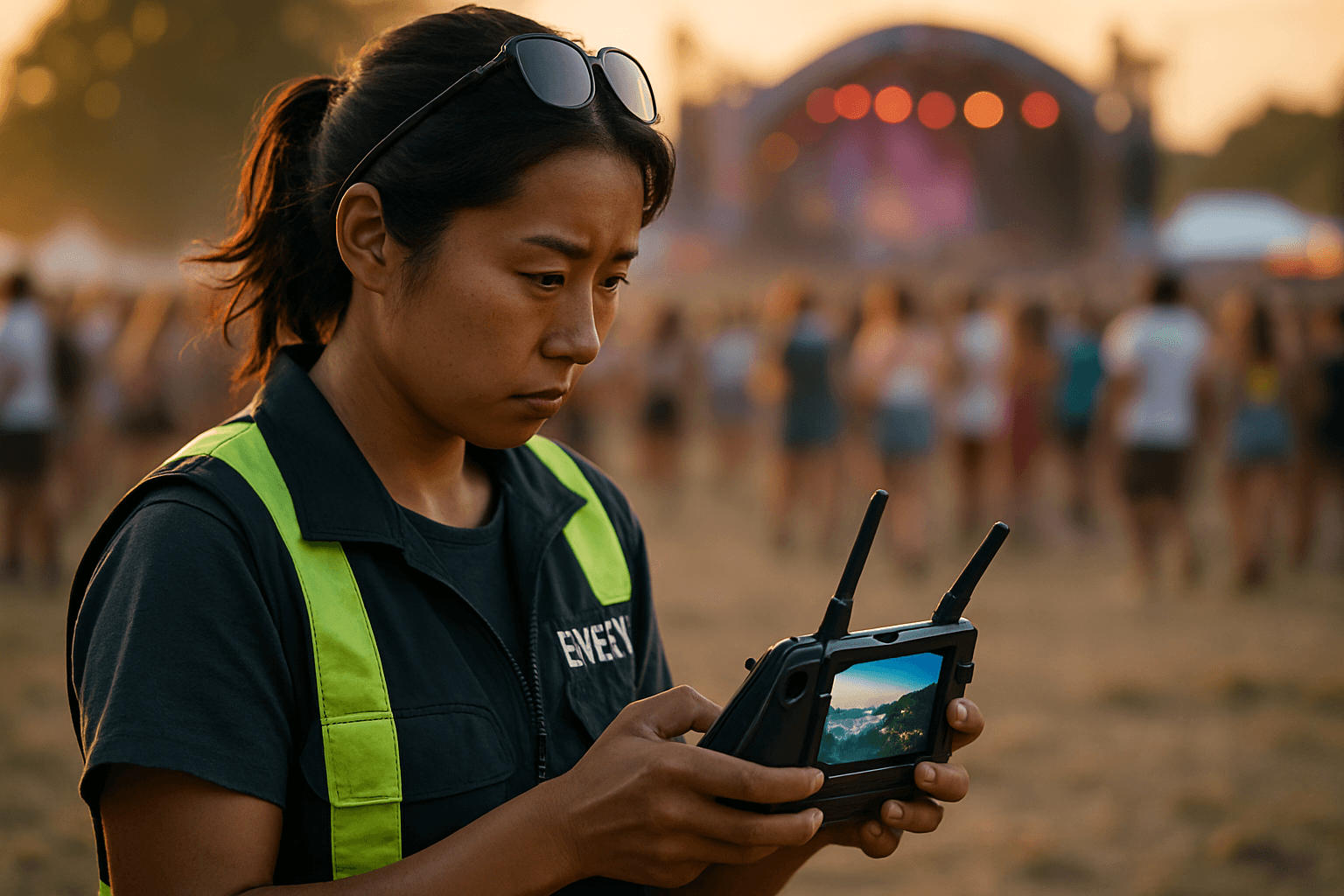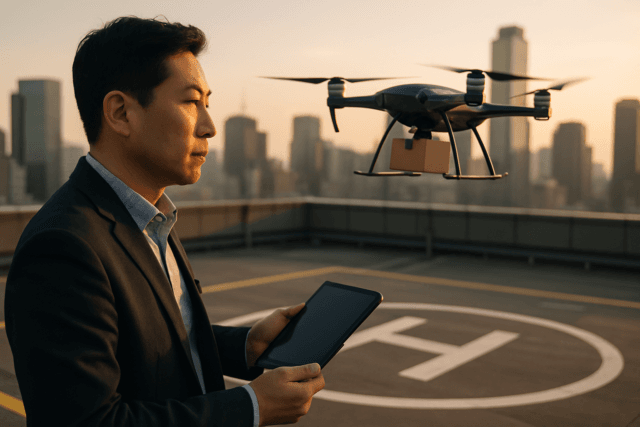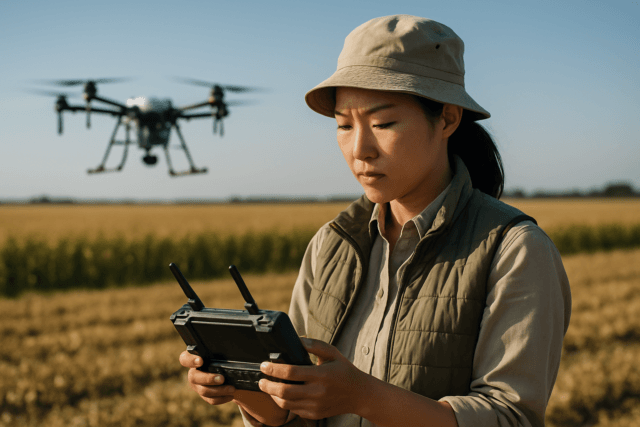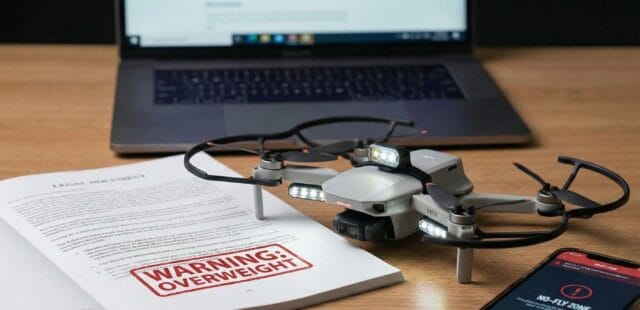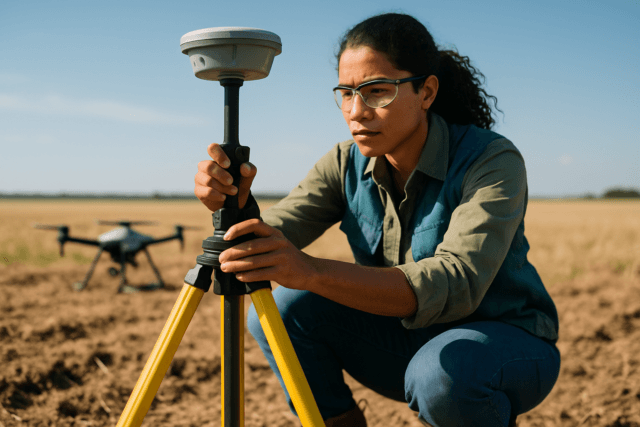Drone videography has revolutionized event coverage, offering breathtaking aerial perspectives that traditional cameras simply cannot match. From sprawling festival grounds to intimate wedding ceremonies, drones provide dynamic shots that capture the scale, atmosphere, and key moments of any event with unparalleled cinematic quality. However, successfully integrating drones into event videography requires careful planning, adherence to regulations, skilled piloting, and thoughtful post-production.
Navigating Legal and Safety Skies for Drone Event Coverage
Before even considering flight, understanding and complying with drone regulations is paramount for event videography. The safety of attendees is the highest priority.
Essential Regulatory Compliance
Commercial drone operators must obtain a Remote Pilot Certificate by passing the FAA’s Aeronautical Knowledge Test in the United States. Drones weighing between 0.55 pounds (250 grams) and 55 pounds (25 kilograms) must also be registered with the FAA, and pilots must carry proof of registration.
Key operational limitations include:
- Visual Line-of-Sight (VLOS): The drone must remain within the pilot’s unaided visual line of sight. Bringing a visual observer is highly recommended, especially when flying near people.
- Altitude Restrictions: Flights must generally be at or below 400 feet.
- Avoid Flying Over People and Crowds: The FAA generally prohibits commercial drone operations directly over individuals not participating in the flight. For groups of 1000 persons or less, this 150-meter rule can be relaxed if the group is within the pilot’s control and aware of drone activity. Special waivers might be required for flying over moving vehicles or at night.
- Restricted Airspace: Avoid areas near airports or military zones without special authorization. Always check for local ordinances, as some cities or parks may have additional restrictions.
- Landowner Permission: Always secure permission from the landowner where the event is being held for takeoff and landing.
- Insurance: Valid insurance is a must for professional drone pilots.
Prioritizing Safety at Events
Beyond legal compliance, proactive safety measures are crucial:
- Pre-Flight Checklist: Conduct a thorough pre-flight inspection before every flight. This includes checking propellers for damage, ensuring battery health and charge levels for the drone and controller, confirming enough storage on the SD card (and formatting it), cleaning drone sensors, and verifying firmware is up to date.
- Site Survey: Visit the event venue beforehand to identify potential hazards like trees, power lines, buildings, or temporary structures. Plan launch and landing locations, including backup spots. Conduct a test flight if possible to scout the venue from the air and even capture some establishing shots before the event.
- Weather Conditions: Always check the weather forecast. Avoid flying in strong winds, rain, or other adverse conditions that could compromise stability or safety.
- Minimize Noise: Plan flight paths to keep drones at a safe distance from guests and consider propellers designed to reduce noise to prevent disruption.
Pre-Production Prowess: Planning Your Shots
Effective event videography begins long before the drone leaves the ground. Meticulous planning ensures you capture all the essential moments.
Venue Scouting and Shot Planning
- Understand the Event Layout: Know the schedule of the event and map out any obstacles. Utilize satellite imagery for initial planning.
- Develop a Detailed Shot List: Identify key moments like entrances, important speeches, or peak crowd activities. This helps ensure you capture every important moment and provides a structured approach to your flying.
- Coordinate with Organizers and Other Vendors: Collaborate with event planners, photographers, and other videographers to avoid interference and ensure smooth operation.
Equipment and Settings Preparation
- Choose the Right Drone: Select a drone with a high-resolution 4K camera for crisp, clear footage, adequate flight time (20-30 minutes minimum), good stabilization technology, and features like obstacle avoidance.
- Pack Backup Gear: Always bring extra fully charged batteries, spare propellers, and plenty of formatted memory cards. A backup drone is also advisable for critical events.
- Optimize Camera Settings:
- Shoot in RAW/D-Log: For maximum flexibility in post-production, shoot in RAW format for photos and a flat color profile (like D-Log) for video.
- Shutter Speed: Adhere to the “180-degree rule” – set your shutter speed to double your frame rate (e.g., 1/50th for 24fps video) for cinematic motion blur.
- ISO: Keep ISO as low as possible (e.g., ISO 100-400) to minimize noise, adjusting upwards only when necessary in low light.
- Aperture: If your drone has an adjustable aperture, use it to control depth of field and exposure. Many lenses have a “sweet spot” for sharpness (e.g., f/5.6 for the Mavic 2 Pro).
- White Balance: Set manual white balance to maintain consistent color temperature throughout your footage, or use presets like Sunny or Cloudy.
- ND Filters: Use Neutral Density (ND) filters in bright conditions to reduce light entering the lens, allowing you to maintain the 180-degree shutter rule without overexposing.
- Firmware Updates: Install any firmware updates well in advance of the event and conduct test flights to ensure everything works correctly.
In-Flight Mastery: Capturing Dynamic Event Footage
With legalities covered and preparation complete, focus on cinematic techniques during flight.
Smooth Piloting and Camera Control
- Slow and Steady Movements: Avoid sudden or jerky movements. Practice smooth, gradual pans, tilts, and yaw to achieve professional-looking shots. Adjusting control stick sensitivity can help.
- Gimbal Calibration & Stabilization: Regularly calibrate your gimbal for stable flight and smooth footage. Utilize stabilization modes (e.g., cinematic mode, tripod mode) for enhanced fluidity.
- Vary Altitudes and Angles: Experiment with different heights and camera angles. Low-altitude shots can highlight details and textures, while high-altitude shots capture grand vistas and crowd dynamics.
- Maintain Distance: Stay close enough to capture detail without being a distraction or flying unsafely over people. The “sweet spot” is often around 200-250 feet, though this can vary.
Creative Drone Movements and Shots
- Establishing Shots: Start with wide aerial views to set the scene and show the scale of the event.
- Orbit Shots: Fly the drone in a circular motion around a subject or point of interest for dynamic, engaging footage.
- Reveal Shots: Begin with a close-up and gradually ascend or move backward to reveal the broader environment, building anticipation.
- Follow-Me/Tracking Shots: Utilize autonomous tracking modes to keep a moving subject in frame, ideal for action-packed moments.
- Leading Lines: Use natural lines in the environment (roads, rivers, building edges) to guide the viewer’s eye through the frame.
- Top-Down Perspective: Fly straight up and point the camera directly down for unique abstract patterns and aerial maps of the event layout.
Post-Production Polish: Transforming Footage into a Story
The magic of drone videography truly comes alive in post-production, where raw footage is refined into a compelling narrative.
Essential Editing Techniques
- Stabilization: Even with a good gimbal, minor shakes can occur. Use software tools to stabilize footage for a professional look.
- Color Grading: Adjust tones, shadows, and highlights to set the mood and enhance the visual appeal. Cool tones create calm, while warm tones add excitement. Color grading enhances natural beauty and guides emotions.
- Seamless Transitions: Employ smooth transitions like cross dissolves, speed ramps, or whip pans to connect scenes and maintain flow. Avoid over-editing; simplicity often wins.
- Storytelling: Edit your footage to convey a compelling narrative. Start with a “bang” to immediately grab attention and strategically place your best shots throughout the film. Limit individual clips to 3-5 seconds for cinematic effect.
- Audio Synchronization: Add music, sound effects, and voiceovers to enhance the emotional impact and storytelling, ensuring they synchronize with the visuals. Match music tempo with drone movement.
- Motion Graphics and VFX: Enhance informational content with motion graphics or visual effects where appropriate.
- Software Choices: Popular editing software includes Adobe Premiere Pro, DaVinci Resolve (which offers a free version), Final Cut Pro, and others.
Data Management and Export
- Storage and Backup: Drone footage files can be massive, so invest in ample storage and create backups on multiple devices to prevent data loss.
- Optimize for Distribution: Identify your target audience and tailor your final video for the intended distribution channels (e.g., YouTube, Instagram). Optimize video titles, descriptions, and tags with relevant keywords for better search engine visibility.
By meticulously adhering to legal guidelines, planning every detail, mastering in-flight techniques, and applying expert post-production, drone videographers can elevate event coverage from mere documentation to breathtaking cinematic experiences.

